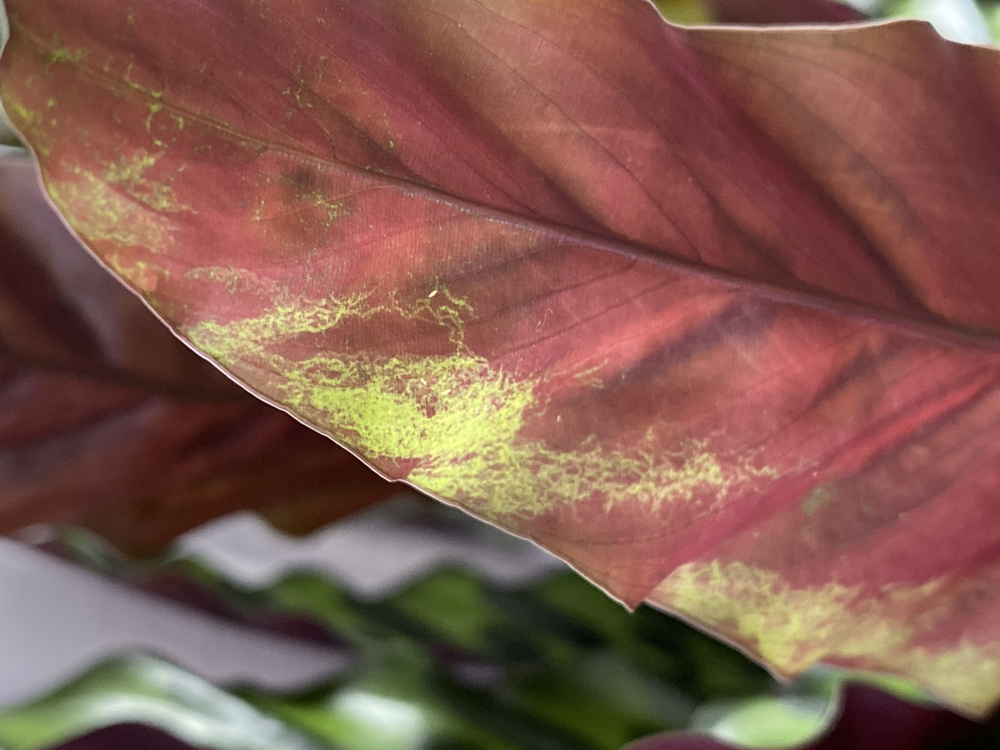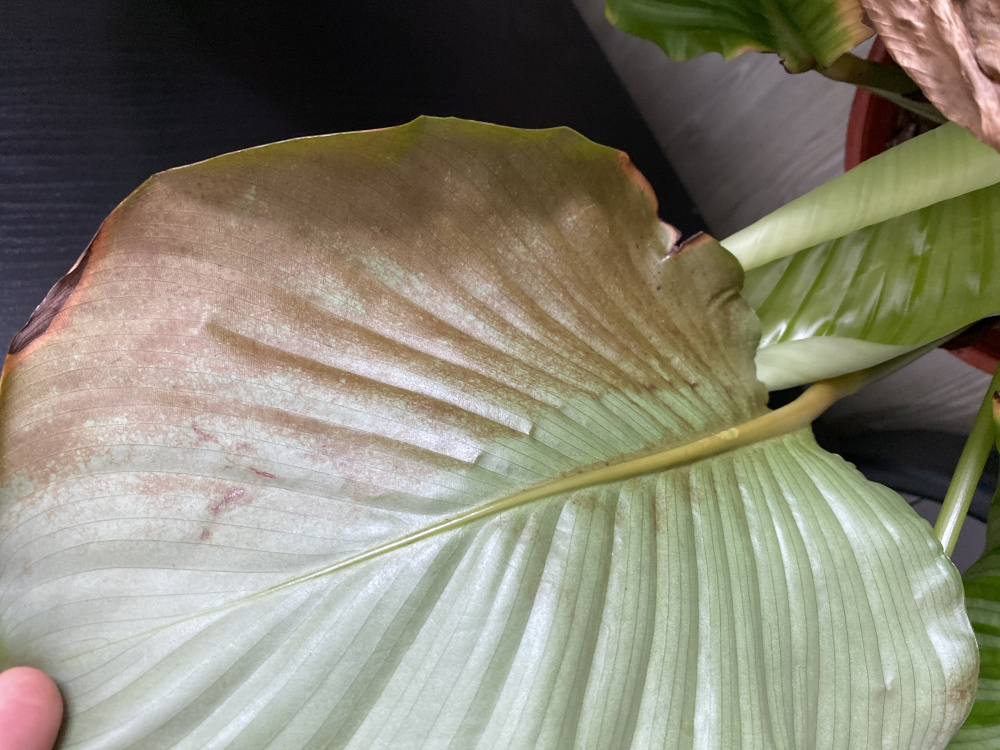This Forum will close on Wednesday 27 March, 2024. Please refer to the announcement on the Discussions page for further detail.
What are those long oval yellow insects?

I’m fighting with those for literally years. I spend a lot of time treating my plants to prevent bugs. I spray them with 1:4 surgical spirit/water ratio (didn’t seem effective), now with child safe insecticide every time I see them, and with neem oil monthly. No effect at all. This spring I repotted all my plants, and they have got the same insecticide treatment, shower, all soil off, bare roots, to make sure they can’t hide anywhere. Haven’t bought new plants since to make sure they are sterile. They aren’t. To figure out another treatment, I finally have to figure out what are those. I checked the common houseplant pests, and yellow aphids are the closest, but they aren’t having black legs. They are both on the underside, and upper side of the leaves. From nowhere 5-6 up to 1mm long ones appear in a week. They definitely suck out the water from the plants, because they stop growing, leaves drying out, and I just can’t water them enough. Visible damages look like this:




As you can see they really like calatheas, usually leaving dracaenas, yuccas alone. They also really like pepperomias, and heavily attacked a strelitzia Reginae.
any help would be much appreciated
any help would be much appreciated
0
Posts